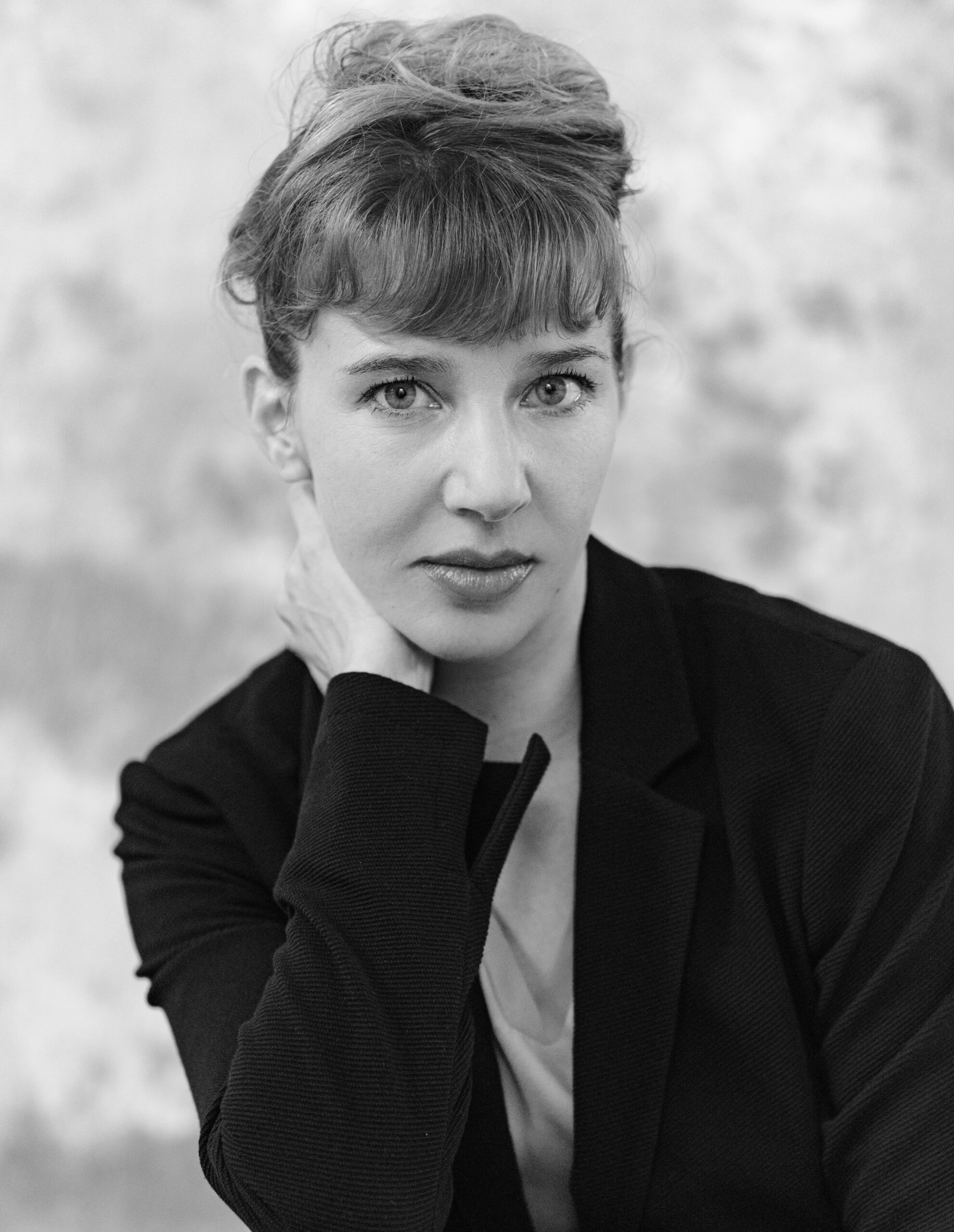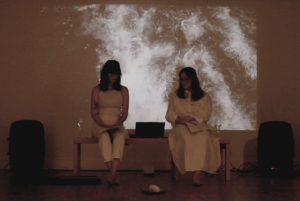Artistic Performances

The Road Not Taken (so far) - Gloria Benedikt
The Road Not Taken (so far) is a performative lecture set in 2050. A performative lecture is a presentation based on an academic paper woven into a fictional plot. It explores questions raised by young scientists (born in 2025; young scientists in 2050). Specifically, they want to know what happened to the green dream where fossil fuels are kept in the ground, renewable energy can meet the needs of the global population, multilateral cooperation thrives, peace is the norm, both the economy and technology serve people rather than the other way around, resources are shared equally, humans respect planetary boundaries, indigenous peoples’ wisdom influences government policies, and nature has rights because respecting nature’s dignity is essential for respecting the dignity of all people. Benedikt will attempt to answer their questions and discuss the role culture, and narrative art in particular, can play in shifting away from planetary overshoot.
Gloria Benedikt is a research artist and stage director. She is the author of Science and Art for Life’s Sake: How partnerships between artists and scientists can support the transformation toward sustainability (IIASA, 2020).
The Last Capital Trust (LCT) – Lea Aigner & Rosalie Arendt
Lea Aigner and Rosalie Arendt are interested in the capitalization of nature and the cash flows within the climate sector. They critically question why certain narratives, such as the “climate overshoot,” are promoted and what economic interests may lie behind them.
In their performative installation, Lea Aigner and Rosalie Arendt envision a fictional, cult-like foundation called “The Last Capital Trust” (LCT), which offers support to researchers and companies engaged with sustainability and working on solutions for the climate crisis. At the Overshoot Conference, this foundation would present itself at a market-like space with a small stand that aesthetically blends with other formats at a scientific conference and its sponsors. Lea Aigner and Rosalie Arendt will perform as representatives of LCT, engaging with conference visitors. They will advocate for the best solutions against the climate crisis (from CO vacuums for home use to climate change detox capsules), offer CO₂ cookies (captured and stored through eating), provide climate stress tests and climate counseling (as we know, fighting a crisis can wreck your nerves), and feature a confessional box (for your worst climate sins).
Lea Aigner is a performance and installation artist as well as a policy maker, currently serving as a scientific advisor in the Berlin City Parliament with a focus on mobility politics.
Dr.ing- Rosalie Arendt is an Assistant Professor in Carbon Neutrality and Life Cycle Assessment at the University of Twente (UT). Her research explores the boundaries of emission reduction potential—identifying which emissions are avoidable versus unavoidable (residual) in the transition to net-zero.
Eiszeit & 02: Wasser - et art.


Listening, documenting, translating, mourning – tracing glaciers across emotional, somatic, and geological layers. Eiszeit – wenn Orte verschwinden, denen ich nie begegnet bin is an audiovisual performance which explores the landscape and sensory dimensions of the glacier Schlatenkees in East Tyrol and the significance of its retreat for the surrounding environment and population. In this journey, the audience will hear texts abstracted from the impressions gathered during the artistic research process, accompanied by instrumental improvisations shaped by the glacial soundscape. The acoustic dimensions are complemented by film footage, showing excerpts from the field research that the et art. collective conducted at Schlatenkees in September 2023.
02: Wasser is an audio-visual zine by the artist collective et art. The study Evolution of debris cover on glaciers of the Eastern Alps, Austria, between 1996 and 2015 (F. Fleischer et al., 2020), dealing with the effect of the climate crisis on the glacier retreat in Austria and the role of water in the change of landscape, served as the scientific point of departure for creative engagement within a multi-disciplinary artistic process.
et art. is an Austria based artist collective that uses artistic strategies to connect scientific knowledge with emotional experience, opening up new ways to engage with effects of the climate crisis. Working with selected research on climate in Austria, et art. develops audio-visual and literary translations of scientific papers and thus initiates innovative, interdisciplinary climate narratives.
What Happens When Collapse Begins Within? - Mehrta Shirzadian
This video and sound installation turns inward to explore how climate overshoot reverberates through the intimate ecosystems of the body. Focusing on the vaginal microbiome, a sensitive and hormonally regulated internal ecology, the work uses microbiological imagery and soft sound to reflect on bodily responses to environmental stress, heat, and systemic imbalance. Just as heat alters soil and ocean microbiomes, it also affects the microbial balance inside our bodies. Scientists use soil microbiomes to monitor ecosystem health. This work suggests we can listen inward just as attentively. What happens when collapse begins within?
Mehrta Shirzadian is a Vienna-based performer, multimedia artist, and molecular biologist. Her interdisciplinary practice merges artistic research, microbiological experimentation, and embodied performance to explore themes of intimacy, decay, and ecological transformation.
